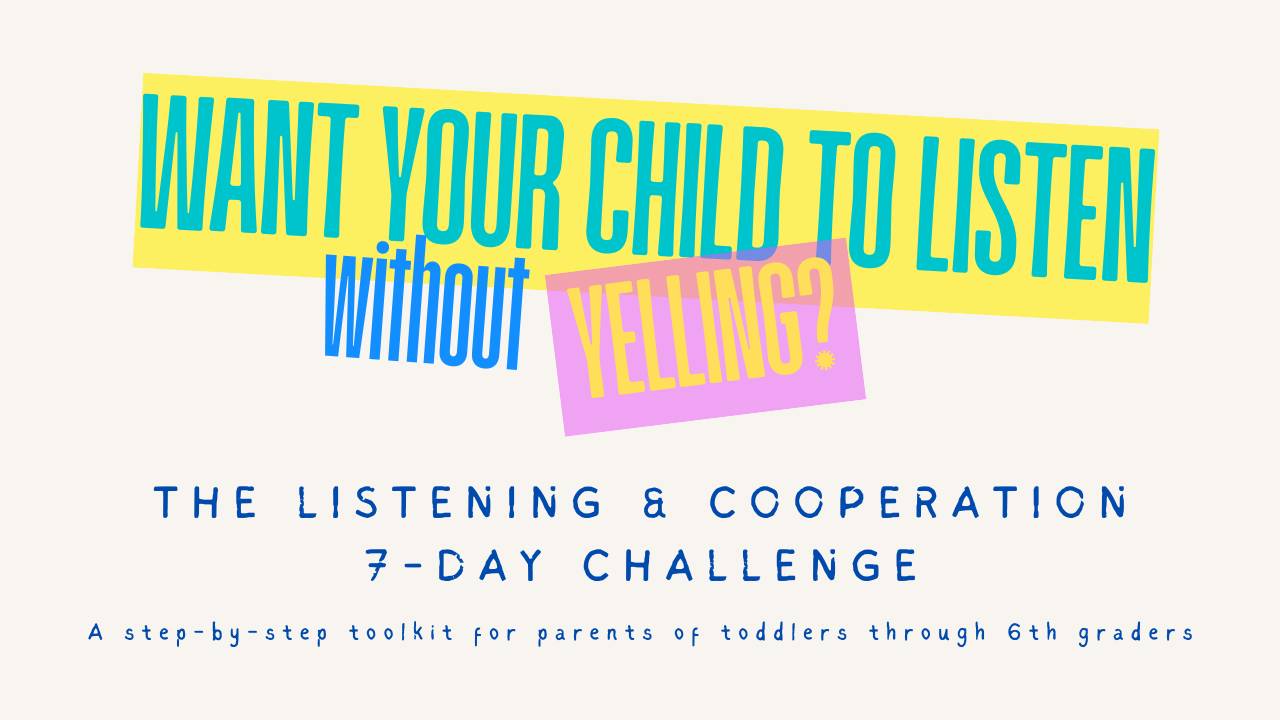Effective Reinforcement: How to Motivate Your Preschooler with Autism
Jun 11, 2024
Motivation plays a crucial role in learning and behavior for preschoolers with autism. By using effective reinforcement strategies, parents can encourage desired behaviors and foster positive development in their children. Below, you’ll find practical Applied Behavior Analysis (ABA) techniques that you can easily implement at home to motivate your preschooler with autism and see quick results.
Identify Motivating Rewards
This strategy involves identifying rewards that motivate your child, such as toys, activities, snacks, or social praise. By observing your child's interests and preferences, you can determine which rewards are most effective in encouraging desired behaviors. Consistency in using rewards is key to maintaining motivation and reinforcing positive behavior.
Common Struggle for Parents #1
Difficulty finding rewards that motivate your child due to limited interests or preferences.
What You Can Do to Help
Observe your child's interests and preferences closely to identify potential rewards. Experiment with a variety of options, such as toys, activities, snacks, or social praise, to determine what motivates your child the most.
Common Struggle for Parents #2
Inconsistency in using rewards, leading to a lack of motivation and compliance.
What You Can Do to Help
Establish a consistent system for delivering rewards, clearly defining which behaviors will be reinforced and how rewards will be earned. Set clear expectations and be consistent in providing rewards immediately following desired behaviors.
Use Positive Reinforcement
Positive reinforcement involves praising or rewarding your child immediately following desired behaviors. Clear and immediate reinforcement helps your child understand the connection between their behavior and the reward. Gradually transitioning from tangible rewards to natural reinforcers, such as social praise, encourages intrinsic motivation and independence.
Common Struggle for Parents #1
Challenges in reinforcing desired behaviors effectively, resulting in inconsistent or ineffective use of rewards.
What You Can Do to Help
Be specific and immediate when delivering praise or rewards for desired behaviors. Use enthusiasm and positivity to reinforce your child's efforts, making the reinforcement meaningful and reinforcing the connection between the behavior and the reward.
Common Struggle for Parents #2
Over-reliance on tangible rewards, leading to dependency or difficulty transitioning to natural reinforcers.
What You Can Do to Help
Gradually fade out tangible rewards and replace them with natural reinforcers, such as social praise or access to preferred activities. Pair tangible rewards with social praise to promote the internalization of reinforcement and encourage intrinsic motivation.
Establish Clear Expectations
Setting clear expectations helps your child understand what is required of them and reduces confusion or frustration. Use simple language and visual supports to reinforce expectations and provide consistency across different settings and caregivers. Collaborating with others to establish consistent expectations promotes understanding and cooperation.
Common Struggle for Parents #1
Lack of clarity in expectations, resulting in confusion or frustration for your child.
What You Can Do to Help
Use clear and simple language to explain expectations to your child, breaking tasks or behaviors down into manageable steps. Provide visual supports or written reminders to reinforce expectations and help your child understand what is required.
Common Struggle for Parents #2
Difficulty maintaining consistency in enforcing expectations across different settings or caregivers.
What You Can Do to Help
Collaborate with other caregivers, teachers, or therapists to establish consistent expectations and reinforcement strategies across all environments. Communicate regularly to ensure everyone is on the same page and reinforce expectations consistently.
Offer Choices and Control
Offering choices within structured activities or routines gives your child a sense of autonomy and control. Presenting choices related to preferred activities or interests increases engagement and motivation. Tailoring choices to your child's individual preferences ensures they are motivated by the options presented.
Common Struggle for Parents #1
Resistance or non-compliance due to feeling overwhelmed or lacking autonomy.
What You Can Do to Help
Offer choices within structured activities or routines to give your child a sense of control and autonomy. Present choices in a clear and manageable way, allowing your child to make decisions within predetermined limits.
Common Struggle for Parents #2
Challenges in providing meaningful choices that align with your child's interests and preferences.
What You Can Do to Help
Tailor choices to your child's individual preferences and interests, ensuring they are motivated by the options presented. Offer choices related to preferred activities, toys, snacks, or social interactions to increase engagement and motivation.
Incorporate Interest-Based Learning
Incorporating your child's interests into learning activities increases motivation and engagement. Using preferred toys, characters, or themes makes learning activities more appealing and meaningful. Breaking tasks into shorter segments and interspersing preferred activities between tasks maintains motivation and attention during longer or more structured activities.
Common Struggle for Parents #1
Difficulty engaging your child in learning activities or routines due to limited interest or attention span.
What You Can Do to Help
Incorporate your child's interests into learning activities to increase motivation and engagement. Use preferred toys, characters, or themes to make learning activities more appealing and meaningful to your child.
Common Struggle for Parents #2
Challenges in maintaining your child's interest and attention during longer or more structured learning tasks.
What You Can Do to Help
Break learning tasks into shorter, more manageable segments and intersperse preferred activities or rewards between tasks to maintain motivation and focus. Use visual supports or timers to provide clear cues for transitions and help your child stay on task.
Effective reinforcement is a powerful tool for motivating preschoolers with autism and promoting positive behavior change. By identifying motivating rewards, using positive reinforcement, establishing clear expectations, offering choices and control, and incorporating interest-based learning, parents can create a supportive and motivating environment for their child's development.
Remember to be patient and flexible in your approach, adapting strategies based on your child's individual needs and preferences. With consistency and positive reinforcement, you can help your preschooler thrive and reach their full potential.
UNLOCK YOUR FREE TOOLKIT NOW: ENHANCE YOUR CHILD'S PLAY & LANGUAGE SKILLS TODAY!
Simply enter your email address to get instant access.


